If your bar is celebrating World Beer Day or you'd like to give some classic cocktails a creative twist, why not try these beer cocktail recipes.
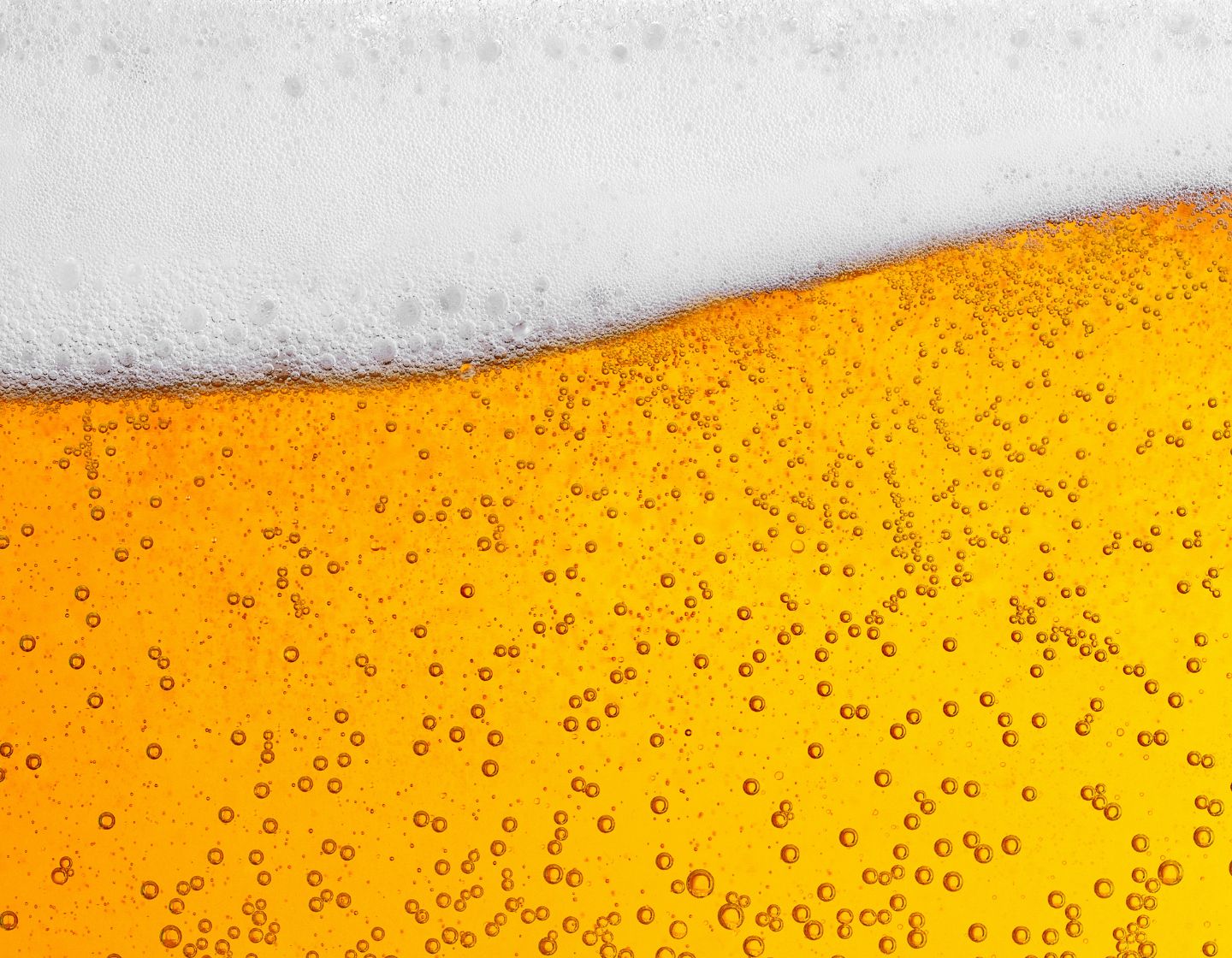
Beer: History and Production
Discover all there is to know about beer. From its ingredients, production methods and history, to the types of beer, beer cocktails, and how to pour the perfect pint of Guinness.
Estimated reading time: 15 minutes
What is beer?
Put simply, beer is an alcoholic beverage derived from grains, fermented by yeast and is the third most popular beverage in the world, following water and tea. And while we might think that beer is mostly a fizzy yellow carbonated beverage, there’s much more to the story.
Want an insider’s look at how beer is made? Join Guinness Ambassador, Ryan Wagner, in the video below, as he takes us on a journey from grain to glass.
The History of Beer
Beer, a staple of human culture for millennia, gained significant popularity during the Agricultural Revolution. In 7000 BC, Sumerians in Lower Mesopotamia recorded the oldest known written beer recipe. This included details on how to make a bread they called ‘bappir’, which was soaked in water and spontaneously fermented to produce ‘kas’ or beer.
Egypt's fertile valleys were utilised to build the first major economy around beer. It is believed that workers building the Pyramids were paid with up to four litres of beer per day.
BEER COMES TO EUROPE
We can thank the Romans, their empire and road building for helping spread beer across Europe, where beer production took hold in Europe in the following centuries. Brewers added various herbs and spices to improve the taste of their beers, and in 822AD a Benedictine monk recorded the first use of hops in a beer recipe. This became the standard to improve the taste and preserve the shelf life of the beer.
The Germans took their beer incredibly seriously, and in 1516 the state of Bavaria passed the Reinheitsgebot or Purity Order. This law stated the only ingredients for beer could be water, barley and hops (yeast remained an unknown mystery element).
BEER ARRIVES IN AMERICA
In 1620, beer production crossed the American continent, and breweries quickly emerged in colonial cities, offering similar beer styles to those in England. Brewers combined European techniques with New World grains such as barley malt, wheat, and corn and sometimes substituted sugar with molasses or pumpkin.
TECHNOLOGY FUELS PRODUCTION
The Industrial Revolution in the late 18th century marked a significant advancement in beer production. Around this time, an innovative Irishman, Arthur Guinness, took a gamble adopting a new style of dark beer, porter, at his Dublin brewery, St. James's Gate, signing a historic 9,000-year lease.
THE BREWING EMPIRES
It wasn't until 1883 that the first pure yeast strain was developed in Copenhagen, which helped to improve the consistency and quality of beers. During the 1900s, breweries became great empires of commerce throughout the United States and Europe, with Britain focusing on ales. Guinness became one of the biggest breweries in the world, exporting all over the globe, and even hired Guinness Travellers to report back on the quality of the beer where it was sold abroad, from places as far-reaching as Argentina to Malaysia.
BEER TODAY
Today, the beer industry is flourishing more than ever; over the past 30 years in particular, there has been a marked increase in breweries, production and product experimentation. Global demand has resulted in significant numbers of new breweries and microbreweries blending new ingredients and techniques with inspirations from older styles to create their beers. Breweries are opening all over the globe, and after a period of consolidation in the US and Europe, Asia and Africa are now also showcasing beer creativity like never before.
BEER INGREDIENTS AND PRODUCTION
The video at the top of this page tells you everything you need to know about the production of beer and its ingredients, but in summary:
Ingredients
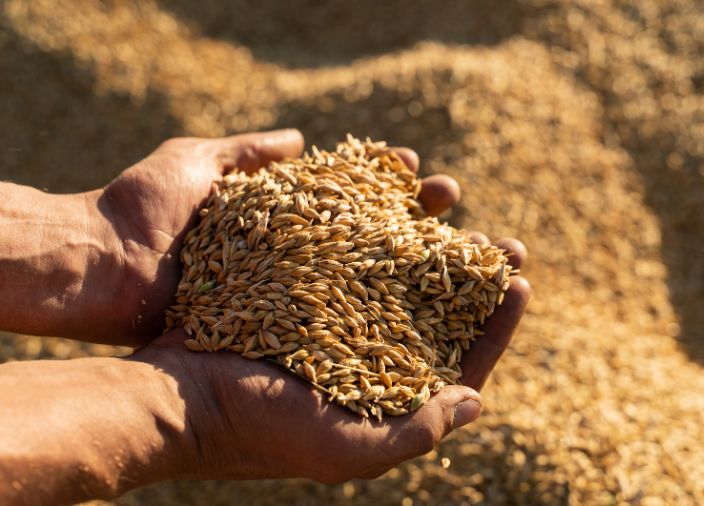
Ingredients
Beer is made using four simple ingredients:
Barley or other grains – They contain the sugars or enzymes needed for brewing. Grains are germinated, dried, then kilned to produce malted barley.
Water – Is mixed with the grain to activate enzymes in the barley and break down sugars so they are fermentable to start the brewing process.
Yeast – Is a single-celled fungus that consumes the sugars from the brewing process and converts them to alcohol and Co2.
Hops – Is a vine-like plant native to many regions of the world, added at various stages during the brewing process to alter the flavour and aroma.
Production
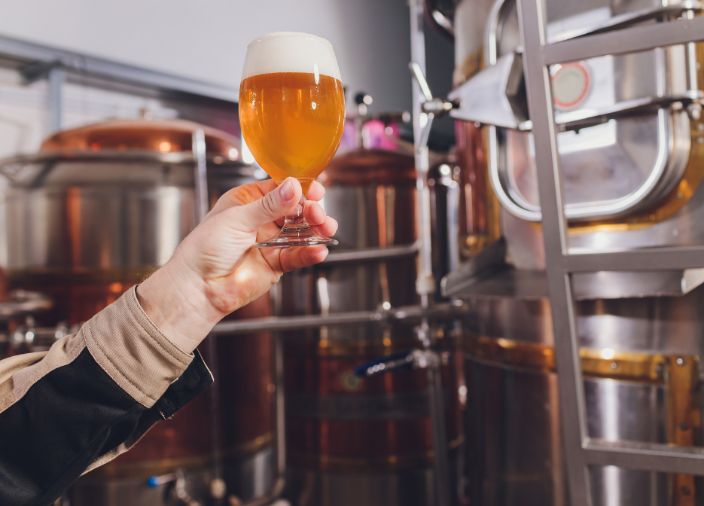
Production
Production of beer varies, but largely follows these seven steps:
Malting – Harvested (often barley) grains are malted by being steeped in water to kickstart germination.
Kilning – The malted barley is heated up to various temperatures to create both flavour and colour.
Milling - The kernels are milled to extract their fermentable sugars, forming a coarse grind called ‘grist’.
Mashing – The grist is mashed and mixed with heated water, then dropped into a mash tun to separate the grain from a liquid called ‘wort’.
Boiling – Wort is boiled for 60-90 minutes to sterilise the mixture, then hops are added to impart on the flavour profile of the beer.
Fermentation – Yeast is added to eat the sugar from the wort and convert it to alcohol and CO2. This takes around 5-10 days depending on the beer.
Maturation – Finally, before its filtered and carbonated, the beer is allowed to mature and read its full flavour potential.
Types of Beer
There are five main types of beer. These include:

Lager
The most popular type of beer.Colour Pale yellow/golden.Flavour High carbonation, medium hop intensity with a smooth, crisp finish.
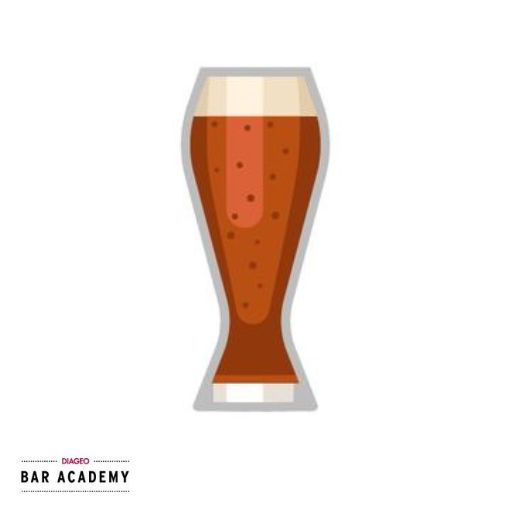
Ales
Including Pale Ale and IPA.Colour Usually brown with reddish hue.Flavour More robust and complex, with fruit, nut and malted notes.
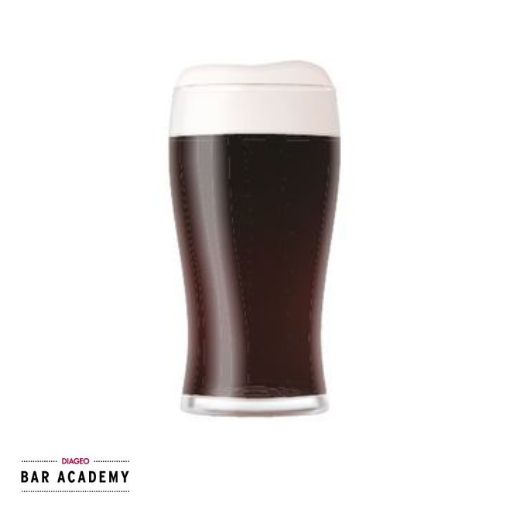
Stouts
Brewed with heavily roasted barley.Colour Dark brown to black in colour.Flavour Rich and creamy in texture with coffee notes.
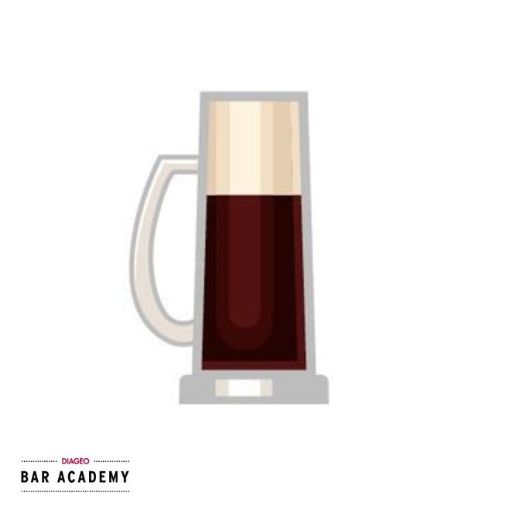
Porters
Malted, heavily roasted barley is used.Colour Dark brown to black in colour.Flavour Dark fruit forward, lighter body and drier finish than stout.

Sours
Brewed with yeast occurring in the air.Colour Pale to deep yellow/gold.Flavour Sour with deep earthy notes and fruity flavours.
Low & No Alcohol Beers
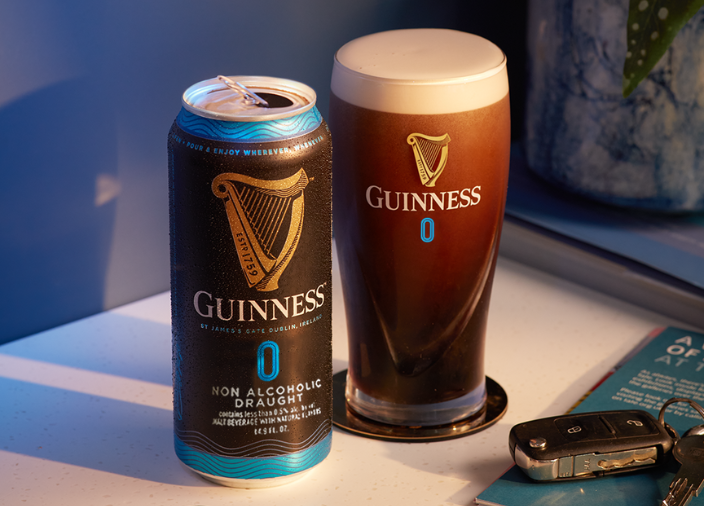
Low & No Alcohol Beers
There are many non-alcoholic beer options now, such as lagers, IPAs, and stouts. In fact, it took Guinness four years to perfect the flavour of Guinness 0.0. It features the same surge, settle and creamy head on the beer and the same roast flavours and lingering bittersweet flavour, just without the alcohol.
How to Pour the Perfect Pint of Guinness
Fun Fact
World Beer Day is celebrated on the first Friday of August each year. Many craft beer bars and pubs host beer-tasting events or even experiment with beer and food pairings, trying various beers with different dishes.
BEER RECIPES
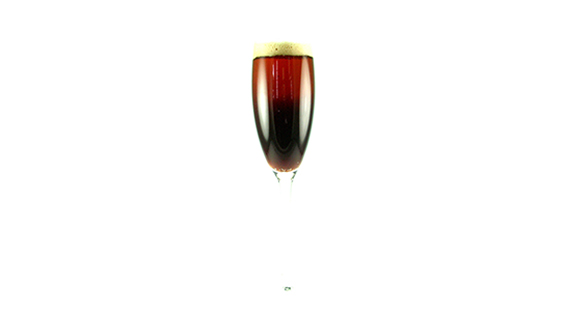
Guinness Black Velvet
This innovative cocktail combines Guiness and champagne.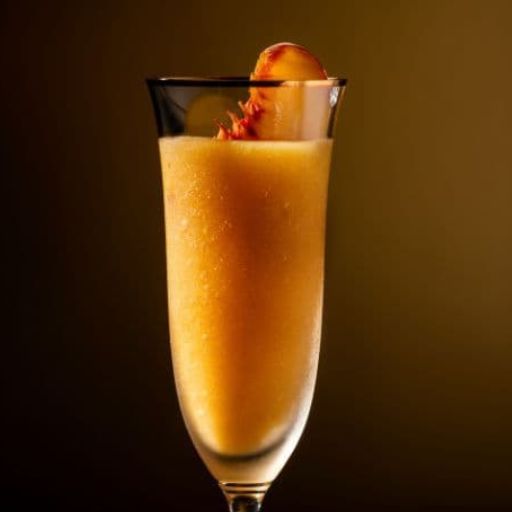
Hop House Bellini
Peach purée mixed with Smirnoff No. 21 Vodka, topped with Hop House 13 beer.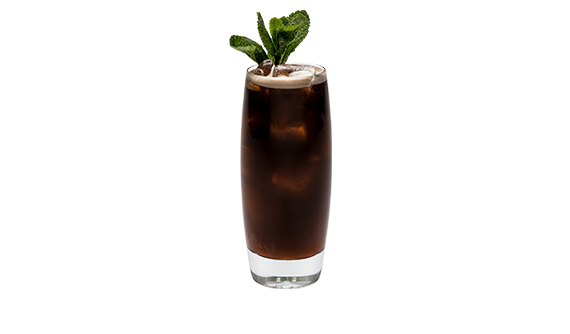
Parts Unknown
Zacapa is shaken with cassis and almond and topped up with Guinness in this rich, interesting cocktail.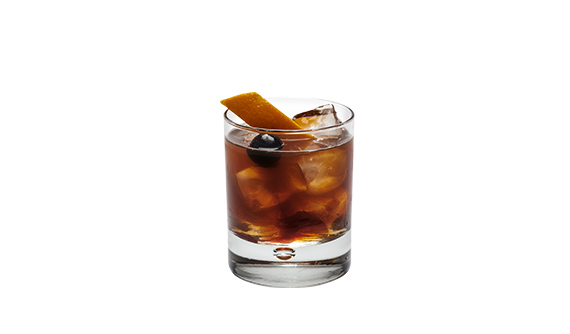
Wilde Oscar
Roe & Coe is stirred down with Guinness and orange zest in this rich, delicious twist on the classic Old Fashioned.
For tips, trends, recipes and more, sign up the Diageo Bar Academy newsletter.
RELATED CONTENT

Guinness
Arguably the most famous beer in the world, dive into the story behind the brand and find out what makes Guinness so special.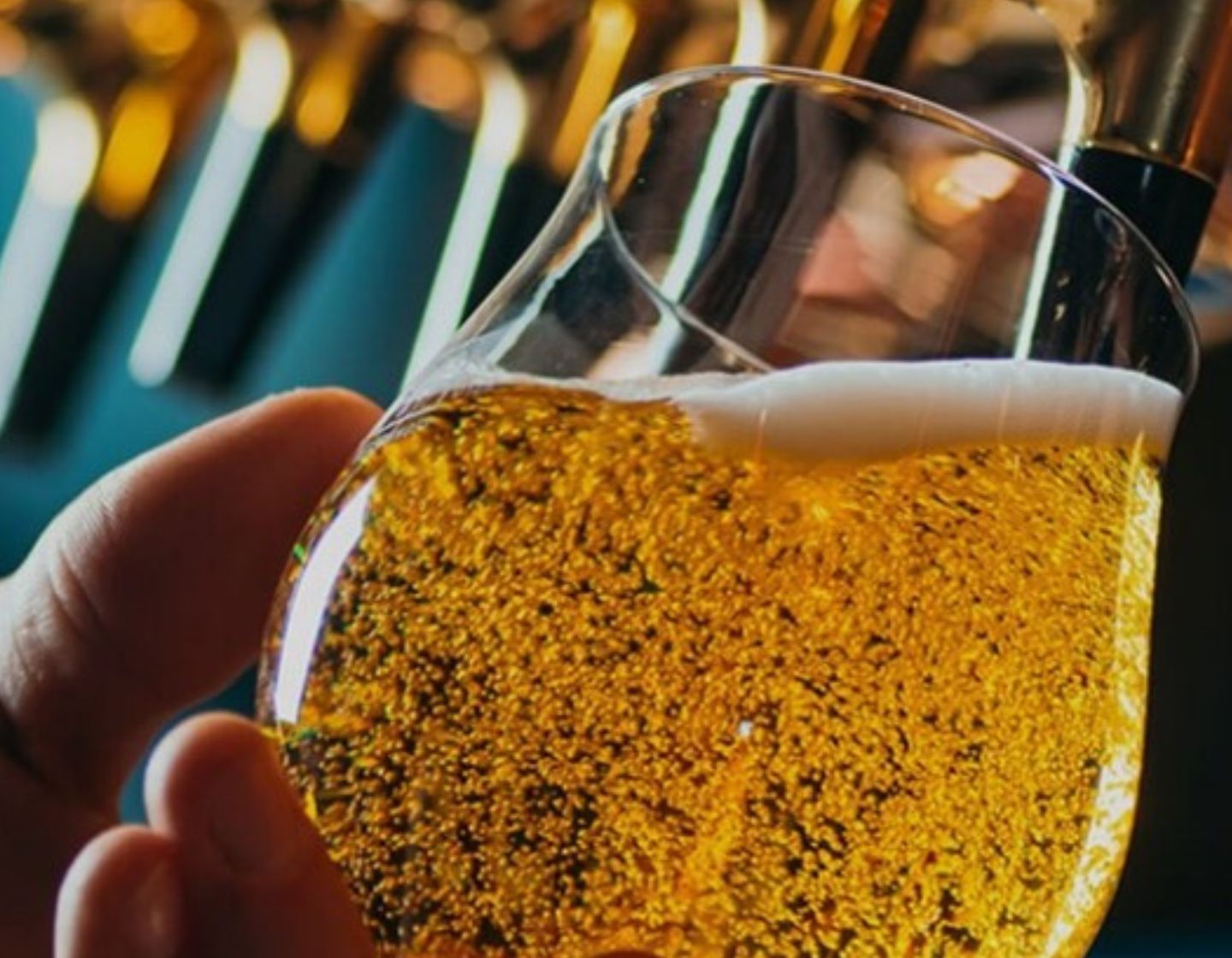
Bartender's Beer Quiz
Think you’re a beer pro? Know the difference between ales, lagers, and more? Build your beer knowledge with our fact-filled beer quiz.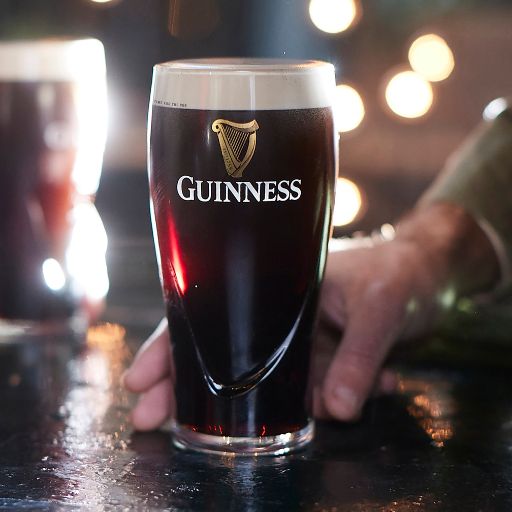
Beer Service Skills
Take our beer service quiz to see how well you score when it comes to serving the perfect pint.
